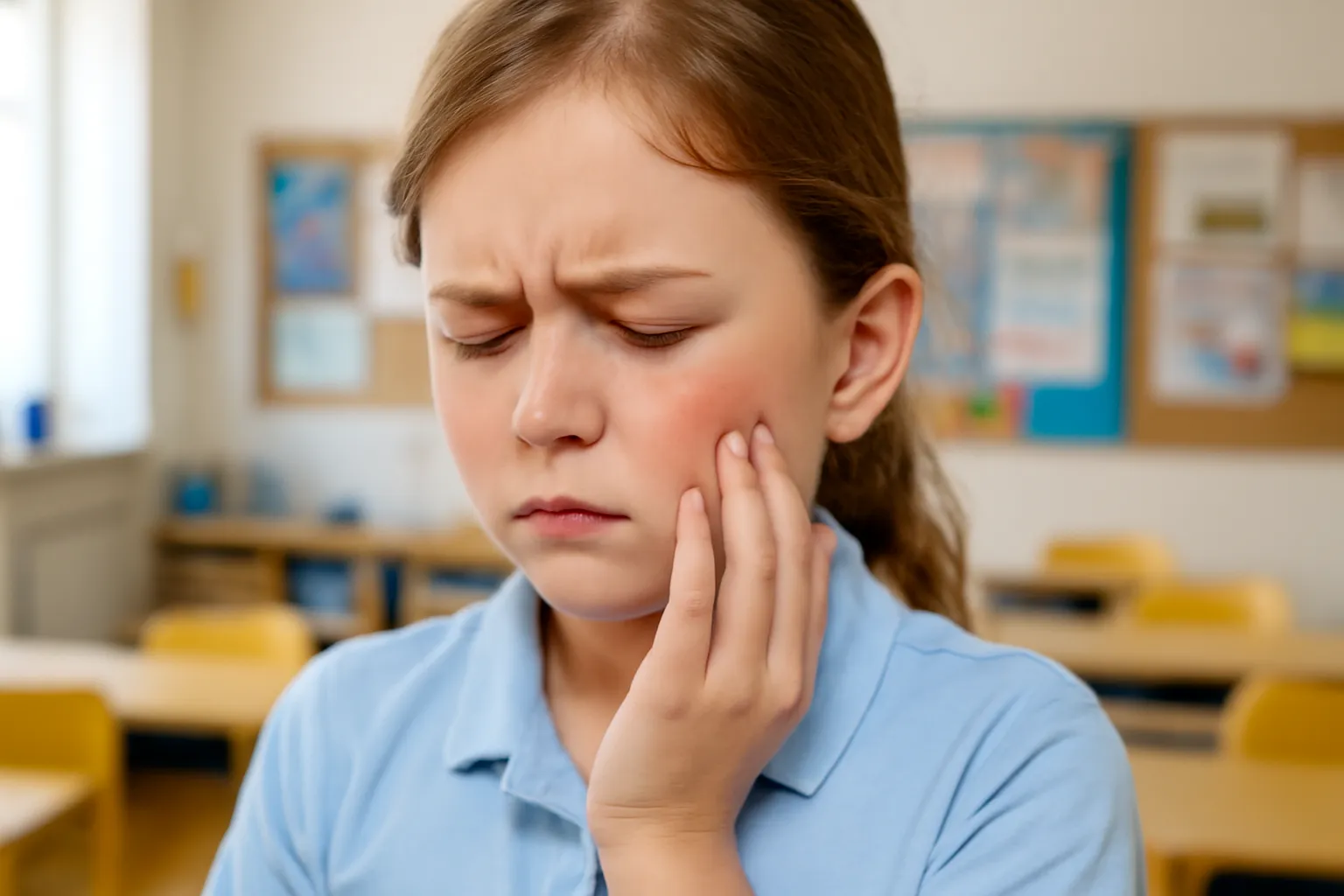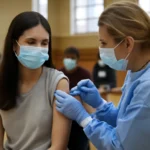Are your children suffering from hives? This guide explores the causes, treatments, and natural remedies to alleviate hives for elementary school students. Discover how pharmaceutical solutions and herbal remedies can help!
Hives are a common skin condition, especially among elementary school-aged children. The appearance of these itchy, raised welts can make a child’s day uncomfortable and challenging. In this article, we’ll discuss the causes of hives in elementary school children, how they can be treated, and natural herbal remedies that may provide relief.
Understanding Elementary School Hives
Hives, medically known as urticaria, are a type of skin rash characterized by red, itchy welts that appear suddenly and can vary in size. For elementary school students, hives can emerge for several reasons, and understanding the underlying causes is crucial for effective treatment.
Causes of Hives in Children
-
Allergic Reactions
Food allergies, such as to peanuts, eggs, or dairy, are common triggers of hives in children. Environmental allergens, such as pollen, dust mites, or pet dander, can also cause hives to appear. -
Infections
Viral and bacterial infections can trigger hives. This is particularly common when children are exposed to illnesses like the flu or a cold. -
Physical Triggers
Stress, heat, cold, and even exercise can sometimes lead to hives in children. This is known as physical urticaria and can be distressing if not managed properly. -
Medications
Some medications, like antibiotics or pain relievers, can cause allergic reactions that result in hives. -
Environmental Factors
Exposure to certain chemicals, fabrics, or extreme temperatures can also provoke hives in children.
How to Recognize Hives
Hives typically appear as red or skin-colored welts that may be round, irregular, or raised. These welts can vary in size and often itch intensely. The condition can last for a few hours to a few days. In some cases, hives may reappear and disappear throughout the day.
If your child experiences hives frequently or for extended periods, it’s crucial to consult a healthcare professional for an accurate diagnosis and appropriate treatment.
Pharmaceutical Treatments for Hives in Children
When dealing with hives in elementary school students, parents often turn to pharmaceutical solutions. These medications can help alleviate symptoms and provide relief to children suffering from severe outbreaks.
Common Pharmaceutical Solutions
-
Antihistamines
Over-the-counter antihistamines like cetirizine (Zyrtec) or loratadine (Claritin) are commonly used to treat hives. These medications block histamines, chemicals in the body that trigger allergic reactions and cause swelling and itching. -
Topical Corticosteroids
If the hives are localized to certain areas, topical corticosteroid creams or ointments can help reduce inflammation and swelling. These treatments should be used sparingly to avoid side effects, especially in young children. -
Oral Steroids
In cases of more severe hives that do not respond to antihistamines, a doctor may prescribe a short course of oral corticosteroids like prednisone. This helps to control inflammation and reduces the risk of complications. -
Epinephrine (Adrenaline)
For children experiencing severe allergic reactions that cause hives along with breathing difficulties, epinephrine may be necessary. This medication is typically administered via an auto-injector (e.g., EpiPen) and should be used in emergencies. -
Calamine Lotion
While not specifically a pharmaceutical drug, calamine lotion can provide temporary relief from itching and irritation caused by hives.
It’s always essential to consult a pediatrician before starting any medication to ensure it’s safe and appropriate for your child’s specific condition.
Herbal Remedies for Hives in Elementary School Students
In addition to pharmaceutical treatments, many parents turn to herbal remedies to help soothe their children’s skin and reduce the discomfort of hives. Natural remedies can be an effective complementary approach, particularly when the hives are mild or when you’re seeking more holistic treatment options.
Herbs That May Help with Hives
-
Chamomile
Chamomile is known for its soothing properties and may help reduce inflammation and irritation from hives. Chamomile tea can be consumed, or chamomile-infused lotions can be applied directly to the skin. -
Aloe Vera
Aloe vera gel is often used to cool and calm inflamed skin. Applying aloe vera directly to hives may help relieve itching and reduce swelling. -
Licorice Root
Licorice root has natural anti-inflammatory and immune-boosting properties. It may help reduce the severity of allergic reactions that cause hives. -
Oatmeal
An oatmeal bath is a well-known remedy for itchy skin. Colloidal oatmeal, in particular, helps soothe the skin and can provide relief from the itching and irritation of hives. -
Peppermint
Peppermint oil has a cooling effect and may help reduce the itching associated with hives. It can be diluted and applied topically or used as an essential oil in a diffuser to help calm skin reactions. -
Witch Hazel
Witch hazel is an astringent with anti-inflammatory properties. It may help dry out hives and reduce swelling when applied directly to the skin.
Practical Tips for Using Herbal Remedies
-
Patch Test Always do a patch test before applying any herbal remedy to ensure your child doesn’t have an allergic reaction.
-
Consult a Pediatrician While herbs can be helpful, it’s crucial to consult with a healthcare provider to ensure they’re safe and suitable for your child’s specific condition.
Conclusion
Hives in elementary school children can be an unpleasant experience for both the child and their parents. Whether caused by allergies, infections, or environmental factors, understanding the triggers and treatments is essential for managing this condition. Pharmaceutical treatments such as antihistamines and steroids are effective for many children, while natural remedies like chamomile and aloe vera offer additional relief for milder cases. If your child experiences frequent or severe hives, always consult with a healthcare professional to ensure appropriate care.
Remember, while pharmaceutical solutions can offer fast relief, natural remedies can help prevent future outbreaks and soothe irritated skin. By combining both approaches, parents can offer comprehensive care to their children, ensuring that the discomfort of hives doesn’t interfere with their daily life.






